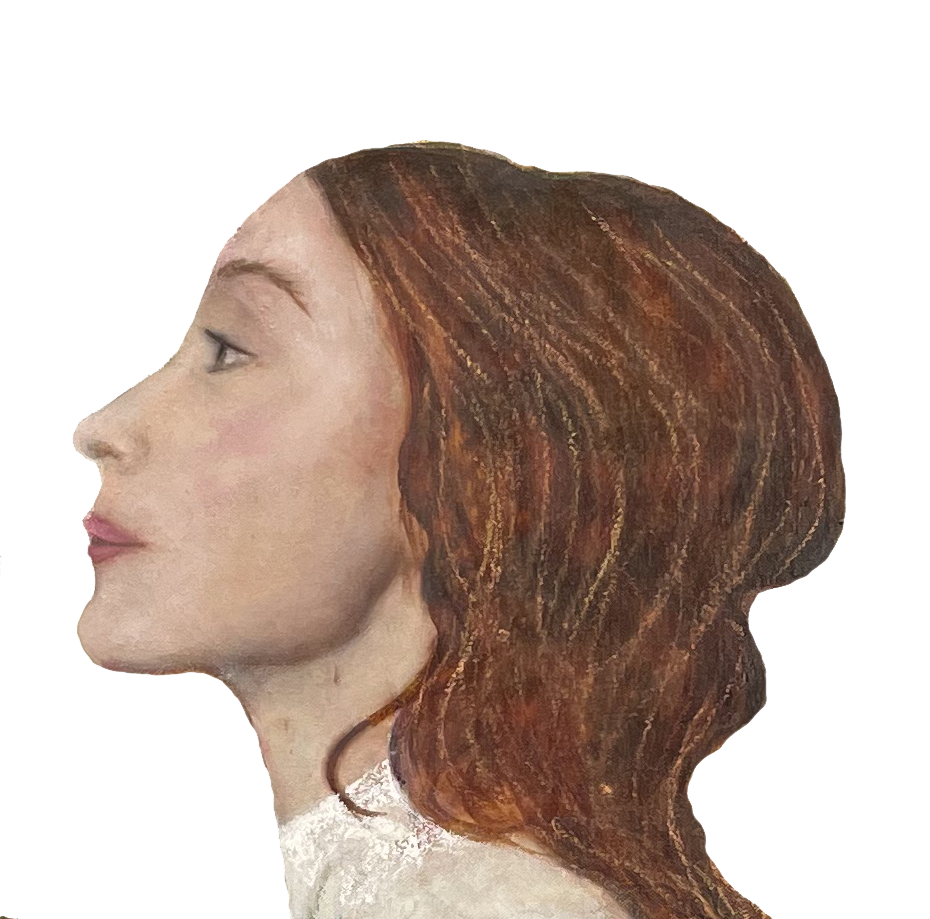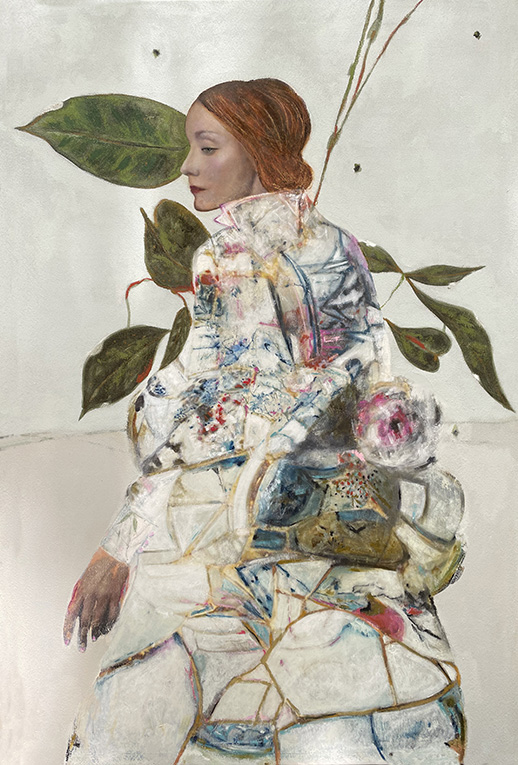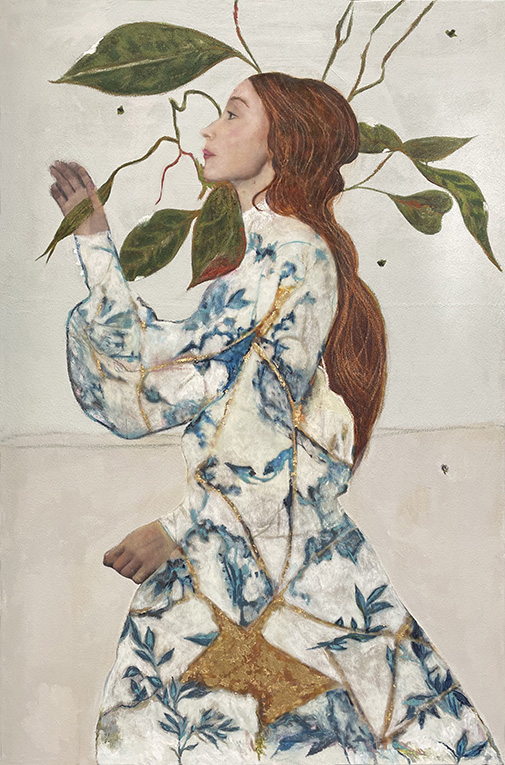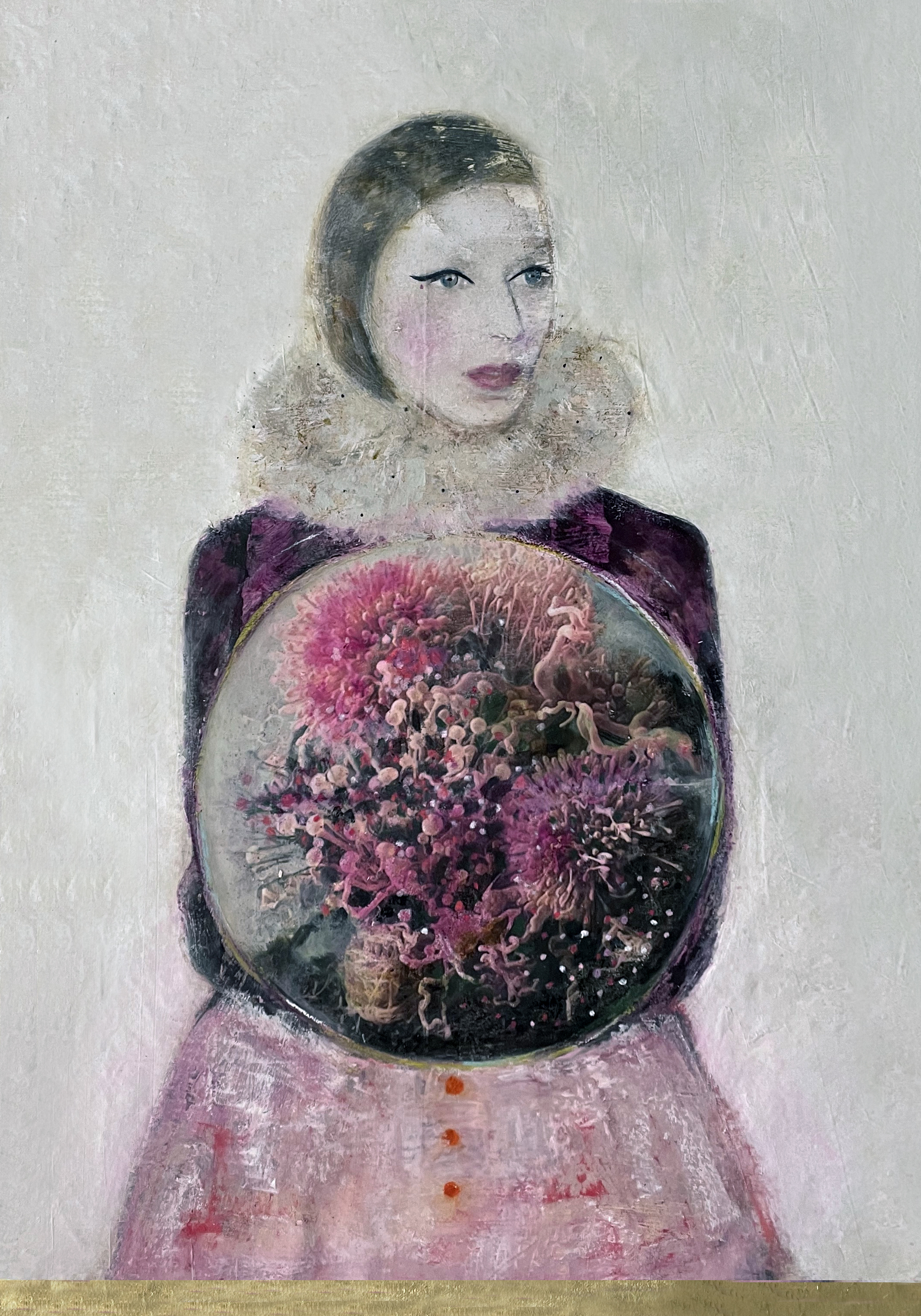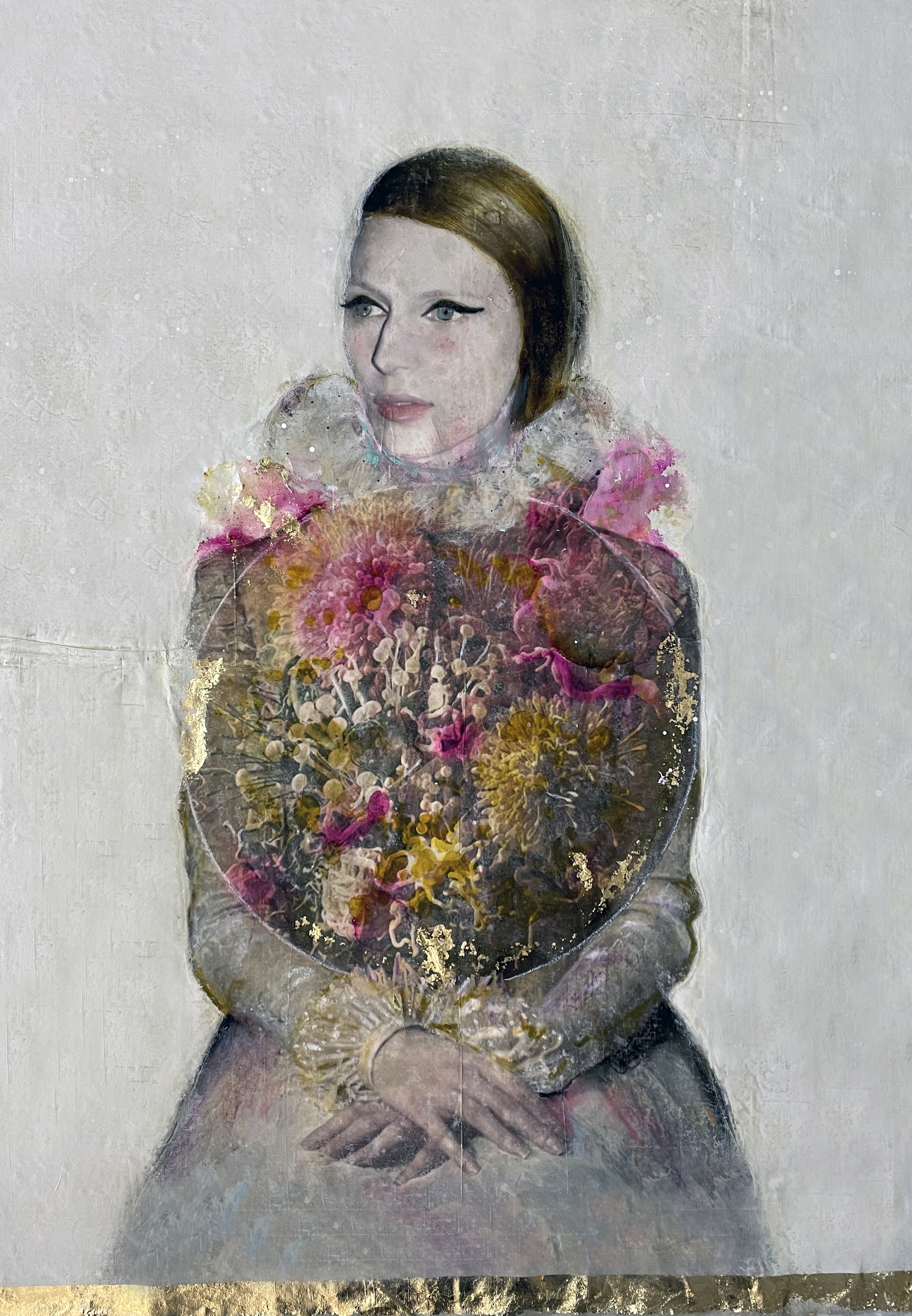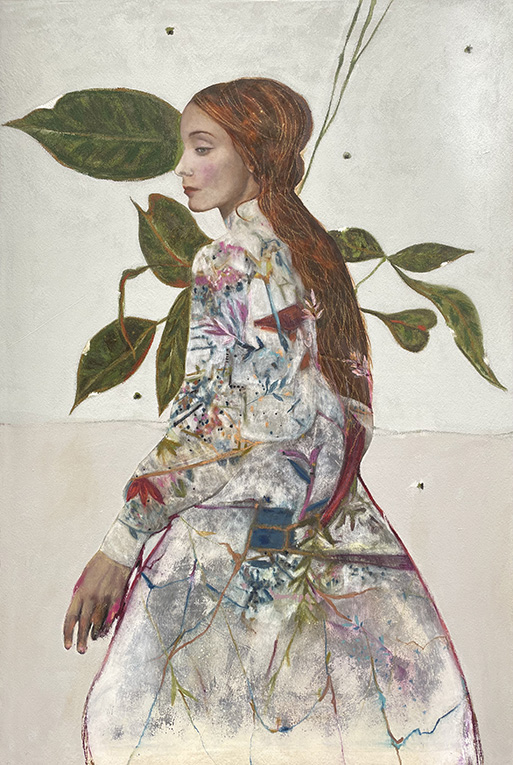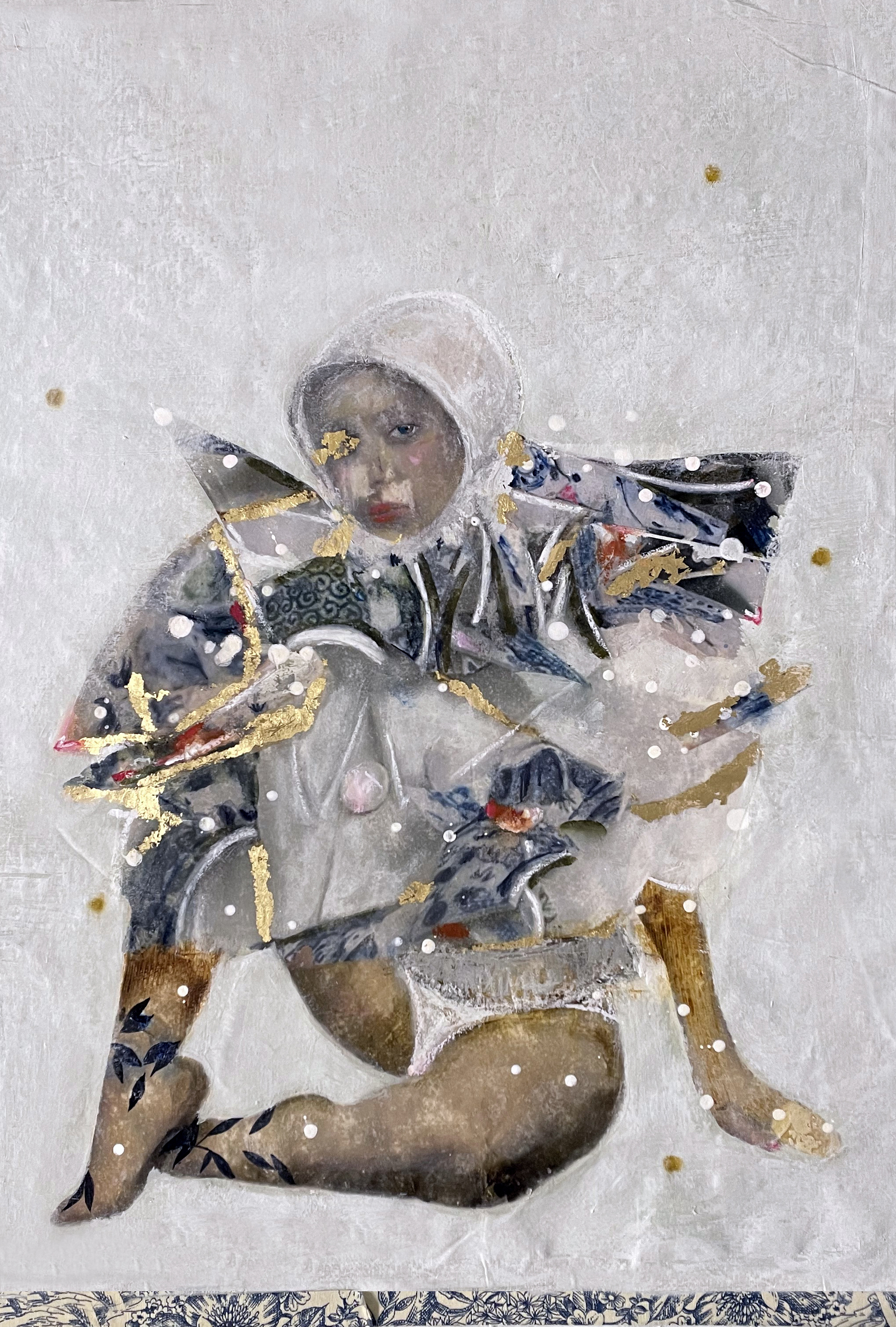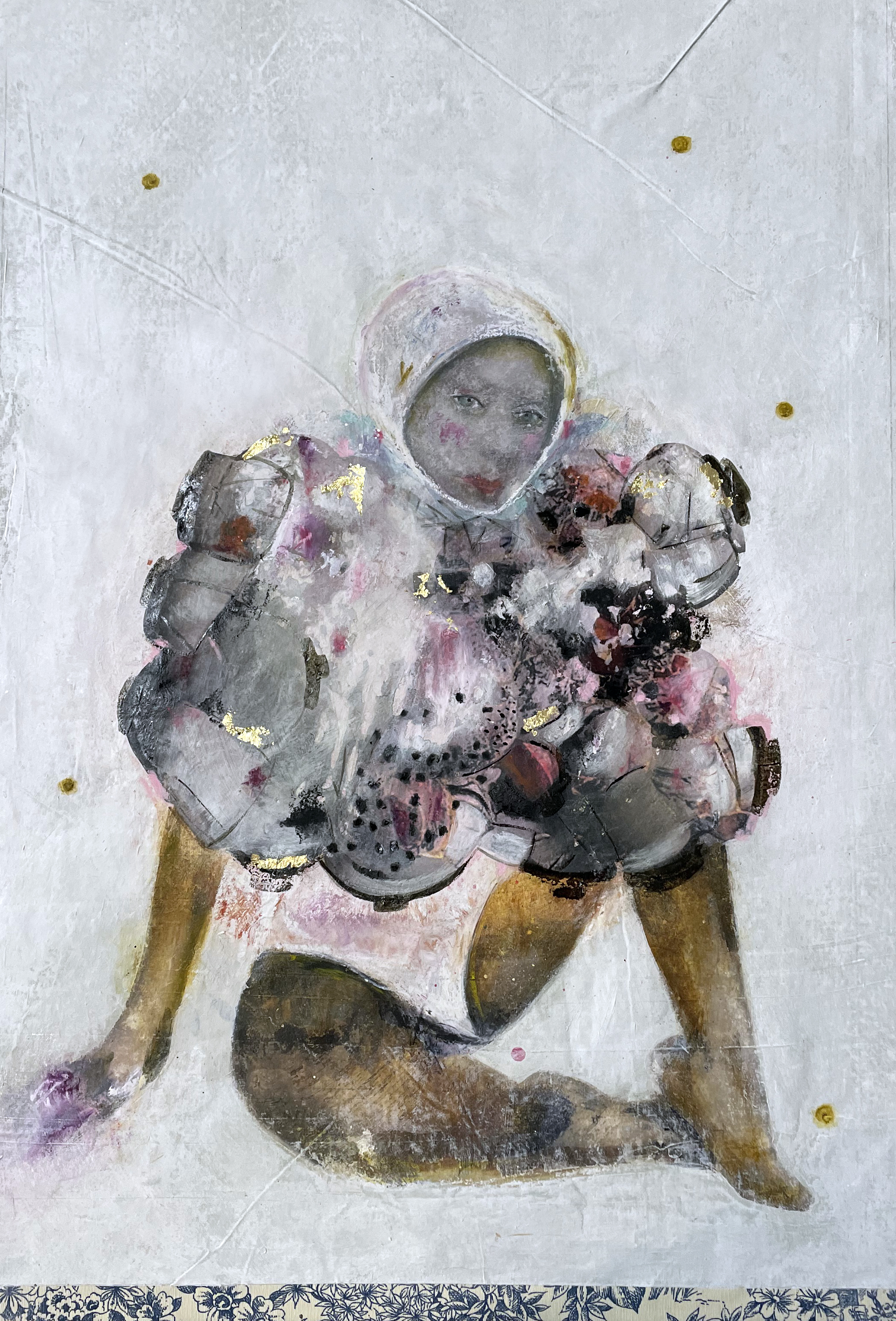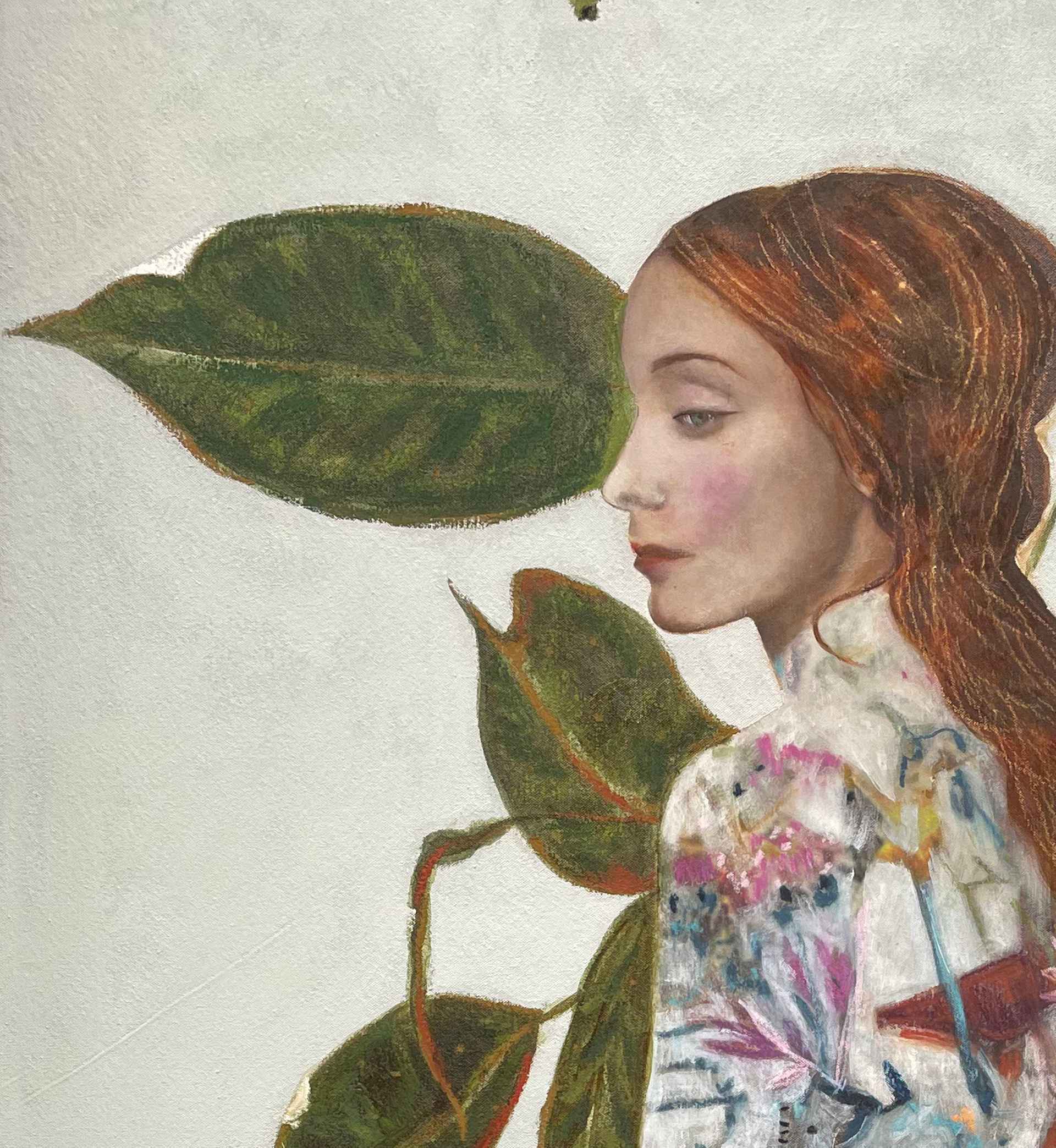
The Power of Vulnerability
When one interacts with any mode of personal self-expression, whether it be in the stories you tell of yourself, how one chooses to dress, or in the artworks the artist creates, there lies the temptation to mythologise oneself.
It cannot be understated how important it is for artists to allow themselves to find truthfulness through personal vulnerability. For one to show their vulnerabilities is not an admittance of weakness. Rather, achieving a state of vulnerability, especially in the process of producing artworks, displays an inner acceptance and compassion, allowing the establishment of connection, and reconnection.
This compassion enables a greater understanding of ourselves, of each other and of the worlds we inhabit: our 'inner worlds' and the natural world, from which we often disconnect. Whether one is creating work which exposes one's fear and shame or bringing their vulnerabilities as an observer to a piece of work, by allowing yourself to be emotionally open in your relationship with art gives way to greater identifications of meaning.
“Vulnerability is the birthplace of innovation, creativity and change.” - Brené Brown
Karenina Fabrizzi, an Italian figurative artist based in Barcelona, employs this mode of thought unreservedly throughout her work. Fabrizzi's figures are open vessels, upon which the viewer may imbue their own personal significance. Furthermore, these subjects provoke exploration of less tangible emotive concepts, interacting with otherworldly constructs, legends and lore, nature and humane benevolence. Calling upon expressionist principles and the classical techniques of the Old Masters across her body of work, Fabrizzi analyses temporality and the relationship between the body, the self and nature. In her deftly vulnerable approach, Fabrizzi's mystical statement pieces find a delicate yet unsettling aesthetic which provokes poignant conversations upon journeys of self-exploration.
“I think people are afraid to show the world who they really are, how they feel, what they want.” - Karenina Fabrizzi
In a recent conversation with Artzu, Fabrizzi spoke about her meditative relationship with her work, her influences from contemporary and historic artists, and her upcoming collection of works which are to join a series exclusive to the Artzu Gallery.
Displayed in her ongoing painting series is a quiet presence of power in each subject: a woman sitting and contending with ambiguous, unset contemplations, interacting with the external, natural world and their respective 'inner worlds'.
Fabrizzi's subjects enjoy garments evocative of fairy tale illustration, with their lavish, bodice-bound dresses of the 16th and 17th centuries imbued with magical features. Seen in the hazed gradients and adjoined hues that embellish the floral emblems, Fabrizzi's employed magic realism is reminiscent of studied, traditional portraiture while also finding joyful liberty in dream-like explorations of colour and form. This interconnectivity between the tangible, found in visual allusions to nature and historical tradition, and the intangible moves to complicate the subject. With this imbued mystique and ambiguity, the observer is allowed the space to sit with the subject and infer their fairy tale narrative.
This fusion of time and space is further punctuated in the materials and techniques applied. Drawing inspiration both from the modernist influences of Chagall, Schiele and Kahlo as well as the foundational figurative efforts of Early Renaissance artists such as Botticelli, Fabrizzi constructs in her works some strange familiarities. Working with a vast array of tools, from the Masters' egg tempura, oils and inks, rice papers and marble dust, to the more contemporary, conventional equipment such as spray paint, the 'Other Dimensional Self' and 'Le Voyage Fantastique' series achieve both intimate study of form and playful abstractionism. The multi-layered works of "delicate graphite lines" and subtle oil colour schemes evoke a profound beauty: one which allows for the balanced deliverance of the sombre facets of the human psyche against the hopeful, lighter strands of escapism and fantasy.
If we look at one of Fabrizzi's newest works, 'Le Voyage Fantastique', we find a subject looking to the left, perhaps nostalgic, indulged in thought, as an ode to memory. Or, we might also consider the subject's interaction with nature as she delicately reaches out to a resting leaf, sitting in dilated time as some anthropomorphised flower. This silent interplay speaks to a simple profundity in the life of a plant: peacefully unquestioning of their existence, basking in the light. One may find inspiration in this other 'frequency', of pure presence.
"Nature, for me, is our teacher.” - Karenina Fabrizzi
There is a duplicity to her pose: in recognition of the immaterial and the human instinct to fixate in remembrance, while also bound to the present, as flowers are, unconcerned with anything beyond the acceptance of the self and the acknowledgement of the beauty of the world. Fabrizzi allows for multiple readings but is stalwart in her call for better attention towards the beauty of the world.
Looking closer to the dress, we can find a number of developed thematic concepts at play. The worn textured surface, achieved through an experimental mixture of acrylic and oils, implies a ceramic quality. The otherworldly finish of the dress implies an overlap of intangible elements, as if the subconscious melded with physical reality, to show how inner thoughts and emotions bleed onto the body as an extension of the recesses of the mind. Furthering the notion of the ceramic surface texture is the lacing of golden cracks, drawing influence from the Japanese Kintsugi creative process. Posing as an exploration of transformation, the fractures of the bodily vessel suggest the beauty of repair and reform. These shards of the body, once broken and scattered, now make up the reconstructed subject, providing further stimulus for emotive inference.
Fabrizzi's oeuvre has until now worked upon recurring themes of masks and masquerade, as symbols of our inherently human response of hiding ourselves, our truest emotions and thoughts, behind a wall of constructed identities. With this latest series, the masks are removed. As such, Fabrizzi's newest works achieve a new level of sophistication. They are layered and complex, yet provide an openness, with room for a subjective projection of meaning. The work is layered because we, as observers, are too multi-faceted and as such may find myriad stories of ourselves within the artworks. Above all, we are reminded in this connection that is asked of us as observers to allow ourselves the reprieve of vulnerability. In 'removing the mask', to open oneself up to an artwork, is to access the exploration of ourselves, our needs and desires, and to vie for the self-acceptance Fabrizzi so dearly idealises in her works. This latest series, with its progression of style and tone, makes for Fabrizzi's most exciting works yet. As an Artzu exclusive, any piece from this emotionally formative series would make for an excellent addition to any contemporary art collection.
Click here to see more of Fabrizzi's paintings

artzuFocus | Issue 005
